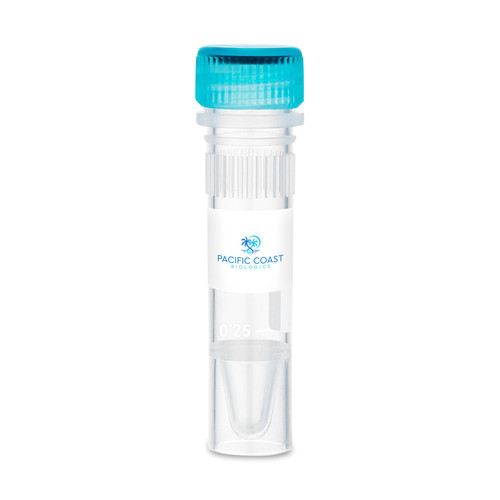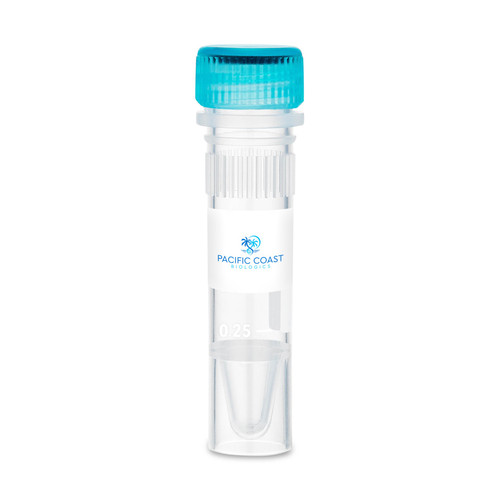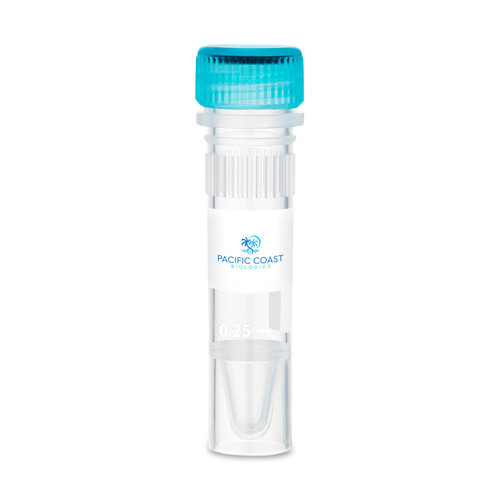TNF-α, a versatile pro-inflammatory cytokine, is produced by various cell types such as adipocytes, activated monocytes, macrophages, B cells, T cells, and fibroblasts. It belongs to the TNF ligand family and interacts with two receptors, TNFR1 and TNFR2. Its functions include cytotoxicity against numerous tumor cells and essential involvement in the immune response against bacterial infections. TNF-α is also implicated in septic shock, autoimmune conditions, rheumatoid arthritis, inflammation, and diabetes. Both human and murine TNF-α exhibit substantial reactivity across species.
Structurally, TNF-α exists in two forms: a type II transmembrane protein and a mature soluble protein. The transmembrane protein undergoes proteolytic cleavage to generate a biologically active 17 kDa TNF-α, forming a non-covalently linked homotrimer in solution. Recombinant Human TNF-α is a soluble 157 amino acid protein (17.4 kDa) representing the C-terminal extracellular domain of the full-length transmembrane protein.
|
Product Specifications
|
|
| Species | Human |
| Published species |
Dog, Human, Mouse, Pig, Rat, Virus
|
| Expression System | E. coli |
| Amino acid sequence |
VRSSSRTPSD KPVAHVVANP QAEGQLQWLN RRANALLANG VELRDNQLVV PSEGLYLIYS QVLFKGQGCP STHVLLTHTI SRIAVSYQTK VNLLSAIKSP CQRETPEGAE AKPWYEPIYL GGVFQLEKGD RLSAEINRPD YLDFAESGQV YFGIIAL
|
| Molecular weight | 17.4 kDa |
| Class | Recombinant |
| Type | Protein |
| Purity |
≥ 98% by SDS-PAGE gel and HPLC analyses.
|
| Endotoxin concentration | <1 EU/µg |
| Activity |
The ED50, as determined by the cytotoxicity assay using 929 cells, is 0.18 - 0.27 ng/ml.
|
| Conjugate | Unconjugated |
| Form | Lyophilized |
| Contains |
no preservative
|
| Storage conditions | -20°C |
CAUTION
For Research Use Only. Not for use in diagnostic procedures.















